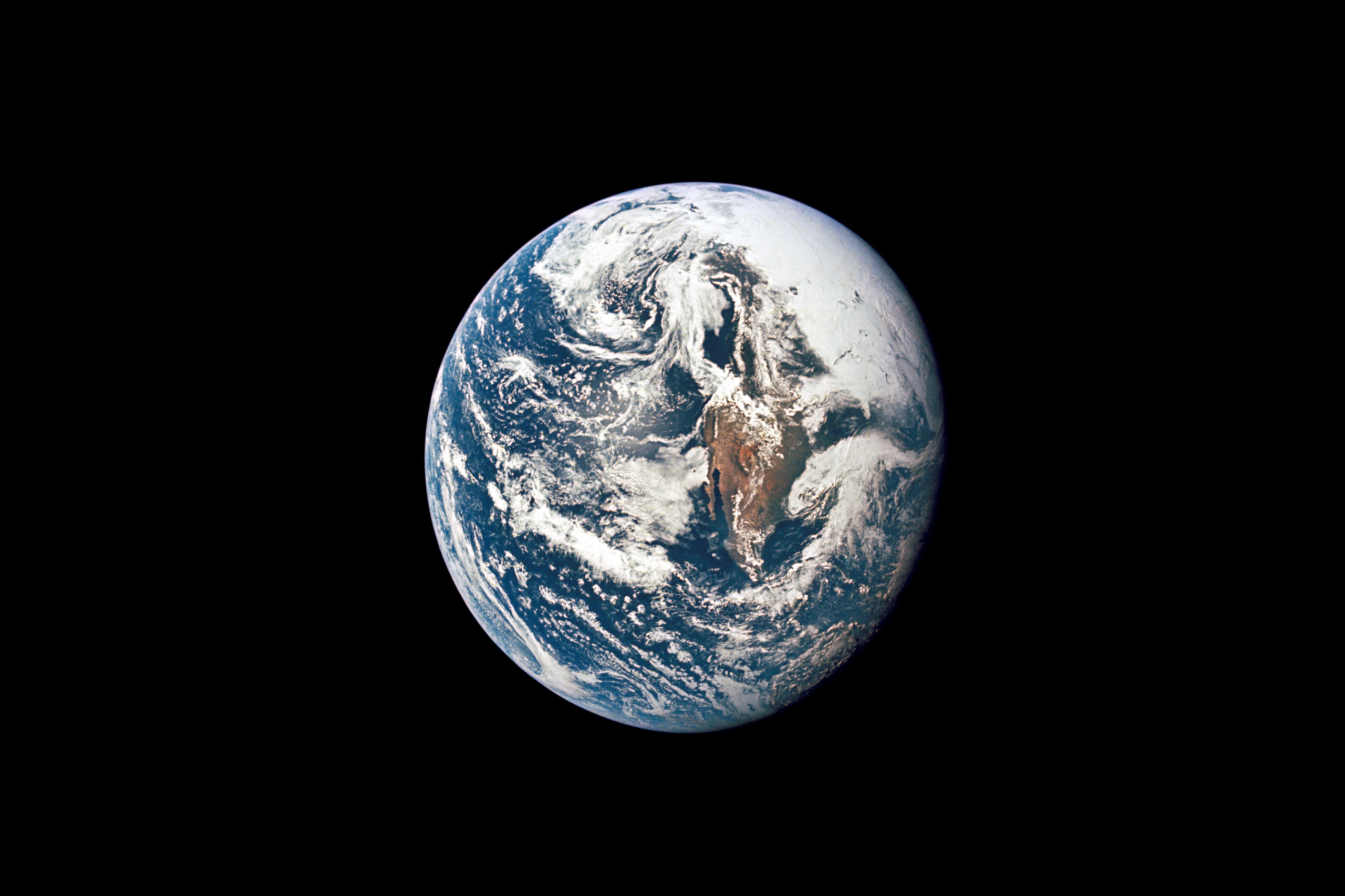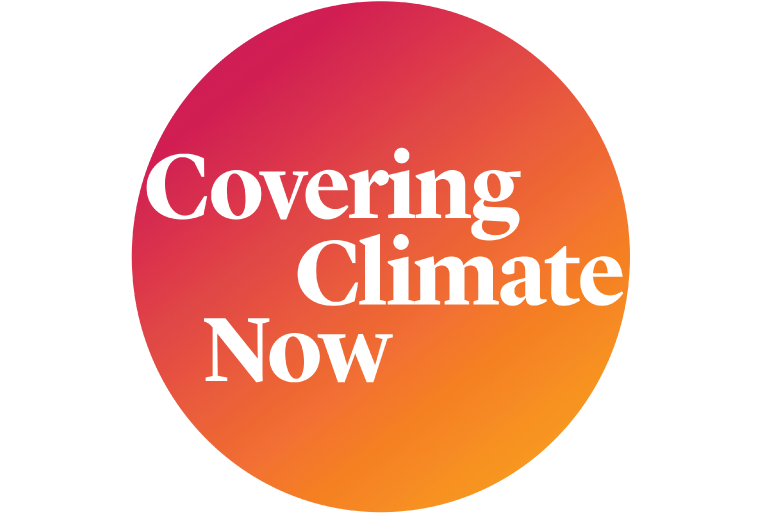This story originated in the Columbia Journalism Review and is part of “Climate & Democracy,” a series from the global journalism collaboration Covering Climate Now.
ON THE FIRST EARTH DAY, in 1970, America’s TV networks were not shy about taking a position on the news of the day. CBS News produced a special titled “Earth Day, A Question of Survival,” which opened its flagship evening broadcast showing biologist Barry Commoner telling a crowd, “This planet is threatened with destruction…. We are in a crisis of survival.” Anchorman Walter Cronkite then reiterated the theme, declaring this a “unique day in American history, dedicated to mankind seeking its own survival.” ABC News titled its own special report “Earth Day: An SOS for Survival.” Anchorman Frank Reynolds’s first sentence congratulated activists for speaking out, crediting “millions of Americans” with taking “the first step to survival.”
CBS and ABC devoted virtually their entire broadcasts to the Earth Day story, with correspondents emphasizing the scourges of air and water pollution in reports from New York, Boston, Washington, Chicago, Denver, Albuquerque, and St. Louis. NBC’s coverage was less extensive but featured one item that, viewed from today, sounds eerily prescient. Anchorman Frank Blair reported that “a government scientist” had told colleagues at the American Geophysical Union that “over-pollution, unless checked, could so warm the earth in 200 years as to create a greenhouse effect, melting the Arctic ice cap and flooding vast areas of the world.”
At the time, network television was approaching the height of its power to influence public opinion. So when the evening newscasts lavished so much attention on Earth Day, and made their support for tackling pollution so clear, the effects were profound. Richard Nixon, not yet halfway through his first term as US president, took the hint. Memoirs of top White House aides later revealed that the outpouring of public sentiment on Earth Day—some accounts estimated that twenty million people took part, a collective that drew supporters from all parts of society, not just long-haired radicals—convinced Nixon that his reelection chances in 1972 required taking the environment issue away from his opponents. Before long, Nixon had created the Environmental Protection Agency and signed the Clean Air Act, the Clean Water Act, and other pieces of legislation that to this day rank among the strongest environmental laws on earth.
Which brings us to this Earth Day. By all scientific accounts, the environmental crisis that activists highlighted more than half a century ago is much more dire today, and the need for far-reaching action more urgent. And yet those network news anchors from 1970, dismissed as anachronisms in our digital era, were in many ways ahead of where journalists are now. Just imagine each of America’s big three networks leading their broadcasts with the recent UN climate report, packaged under headlines like “A Question of Survival,” and then spending the entire program explaining the problem and exploring solutions.
It is tragic that, until very recently, the media’s treatment of the environment story has gone backward from fifty years ago in every conceivable metric: less urgency, less space, fewer minutes on the air. The fact that journalism is finally beginning to give the story the attention it deserves probably says more about the state of the weather than it does about a newfound media commitment to chronicle what’s happening. As US Representative Jamie Raskin, Democrat of Maryland, said in an interview published this week by members of the global media collaboration Covering Climate Now, “If we were smarter as an animal, humans would be working on nothing other than climate change.”
A big part of the problem has been the sense among journalists—again, until very recently—that aggressive coverage of the climate story is somehow activism, and that covering the activists pushing for change is a partisan act. But when you go back and watch the coverage from 1970, you see none of that hesitancy from the very sober, very straitlaced anchors of the day. “Act or die,” was how Cronkite summarized the message of that first Earth Day. Imagine reading the same headline today in the news pages of the New York Times.
Those inaugural Earth Day reports illustrate an enduring journalistic truism: all news coverage has a point of view. Every news story, every home page, every TV or radio program reflects a point of view, if only implicitly. That point of view is defined by which subjects get covered and which do not; which facts are reported and which are not; which voices are quoted and which are not. Accuracy and fairness remain essential to honest journalism, but there is no escaping a point of view. “In a battle for facts, in a battle for truth, journalism is activism,” said Filipino journalist Maria Ressa, winner of the Nobel Prize, who has been repeatedly targeted and arrested for her decision to report truthfully about her homeland.
Reporting with a point of view has a storied place in journalistic history. The reporters in Vietnam chronicling the lies about how many people were dying in the war were reporting with a point of view, as were the TV cameras documenting the civil rights movement. More recently, coverage of the war in Ukraine has portrayed Russia’s invasion as a brutal and unwarranted act that has criminally targeted civilians. Coverage of covid-19 likewise portrayed the pandemic as a public health emergency that requires vaccines, face masks, and physical distancing to overcome.
This Earth Day, newsrooms everywhere should resolve to apply this same kind of journalistic attention and judgment to the climate crisis. If a point of view is inevitable in journalism, let ours be one that favors defusing this catastrophic threat to our planetary home. That should not be a difficult choice to make, for journalists or anyone else.




